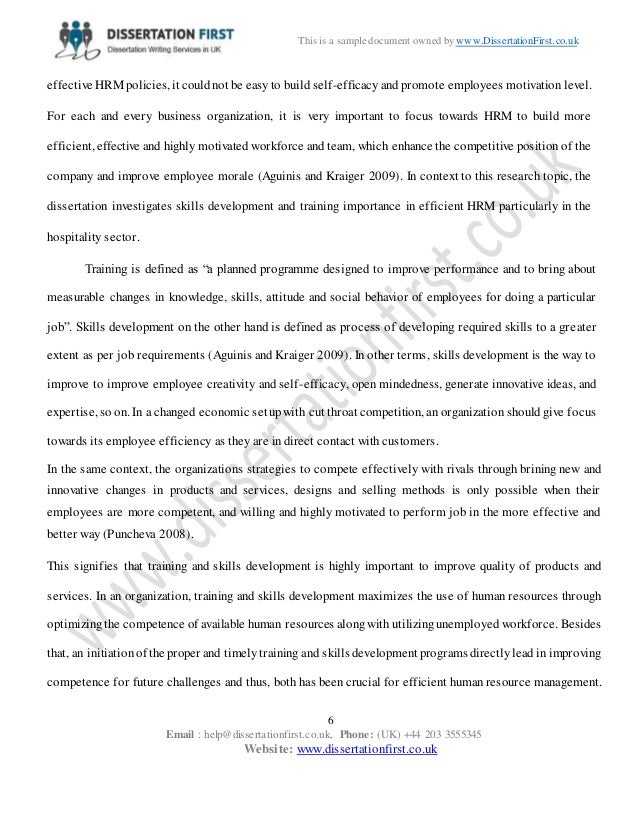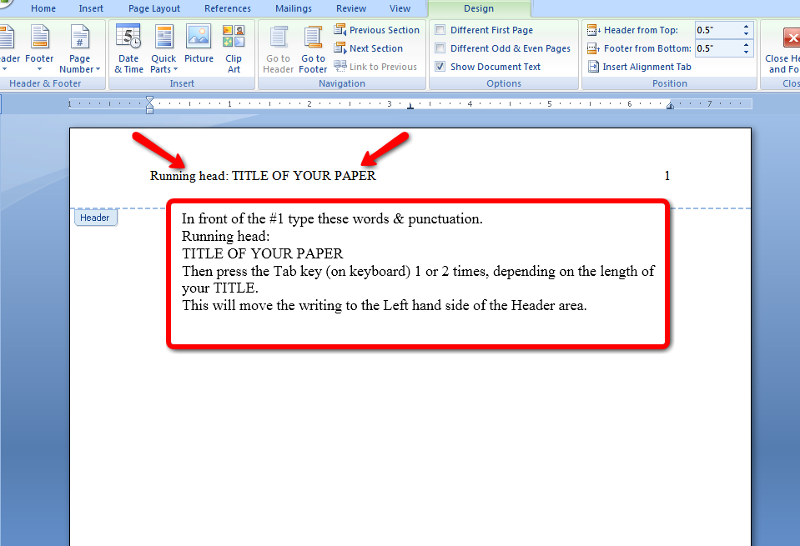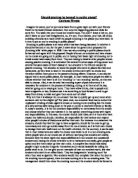Discoid lateral meniscus: evaluation and treatment.
Discoid meniscus is a relatively common disorder of the knee in Koreans. Its arthroscopic treatment is one of the most technically demanding procedures of this field. The purposes of this study.
We use cookies to make interactions with our website easy and meaningful, to better understand the use of our services, and to tailor advertising.

The main mechanism of meniscal tearing in children is sports-related twisting of the knee. In a small percentage of these cases, a common predisposing factor is a discoid meniscus. Diagnosis is dependent upon the presence of a complete medical history for the patient and a clinical examination. If a meniscal tear is suspected following.

Discoid Meniscus. Although the normal meniscus is triangular in cross section with a C-shaped configuration, occasionally an individual may have a meniscus that extends farther onto the articular surface of the tibia. This variant is called a ???discoid meniscus???, and it may be complete or incomplete according to the Watanabe classification.
This pictorial review presents an overview of common interpretation errors and pitfalls in magnetic resonance imaging (MRI) of the knee. Instead of being exhaustive, we will emphasize those pitfalls that are most commonly encountered by young residents or less experienced radiologists. How to Cite: Vanhoenacker F, De Vos N, Van Dyck P. Common.

Discoid meniscus more commonly involves the lateral meniscus, with a reported incidence ranging between 1.5% and 4.6% compared with 0.3% for the medial meniscus. A discoid meniscus is associated with increased incidence of meniscal tears secondary to increased mechanical stress and hypermobility. Diagnosis of a tear of a discoid meniscus can.

A discoid meniscus is a rather rare variant in the shape of the meniscus, usually involving the lateral meniscus and more rarely the medial meniscus (27). The patient may be asymptomatic or a snapping sound may be present. Discoid meniscus may also predispose to tears of the involved meniscus, causing pain and swelling.

The accessory anterior inferior tibiofibular ligament (accessory AITFL), also known as Bassett's ligament, is an anatomical variant present in many ankles.Pathological thickening of the accessory ligament is seen in the setting of inversion injury that causing the pain due to mild anterior instability and anterior impingement 1. Gross anatomy.

Each knee consists of two menisci with one located inside the knee (medial) while the other located outside the knee (lateral). Blood supply to the meniscus is provided through the arteries of the medial and lateral geniculate (Kijowski et al., 2012). Fig 1: Anatomy of the meniscus with sagittal slicing through the menisci (Mcdermott, 2006).

Tarsal coalition describes the complete or partial union between two or more bones in the midfoot and hindfoot. Tarsal coalition refers to developmental fusion rather than fusion that is acquired secondary to conditions such as rheumatoid arthritis, trauma or post-surgical. Clinical presentation. Radiographic features. Treatment and prognosis.
One of the most common problems involving the knee joint is an anterior cruciate ligament injury or ACL tear. Of the four major knee ligaments of the knee, an ACL injury or rupture is the most debilitating knee ligament injury. What Causes an ACL Injury? An ACL injury is usually a sports-related knee injury. About 80% of sports-related ACL.

This article includes a comprehensive pictorial essay of the characteristic MR features of common and uncommon disorders causing anterior knee pain. For accurate assessment of the aforementioned clinical problem, a radiologist should be able to identify typical MR imaging patterns that contribute in establishing the correct diagnosis and thus tailoring the appropriate therapy.

Clubfoot is a birth defect where one or both feet are rotated inward and downward. The affected foot and leg may be smaller in size compared to the other. Approximately 50% of cases of clubfoot affect both feet. Most of the time, it is not associated with other problems. Without treatment, the foot remains deformed, and people walk on the sides of their feet.



